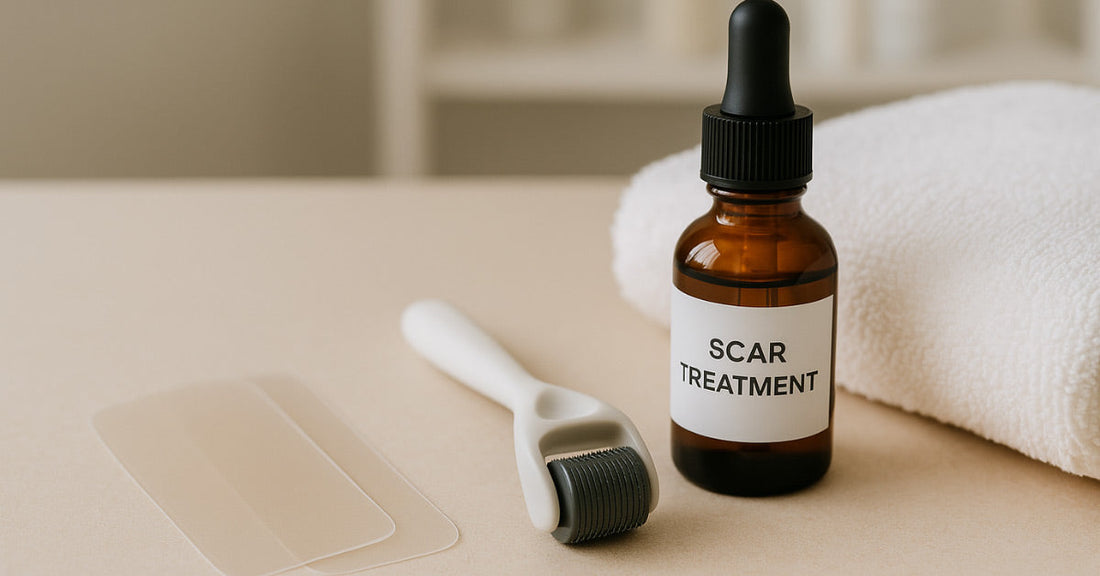
Scars are a natural part of the healing process but for many people, they can be a lasting reminder of injury, surgery, or acne. Whether the concern is cosmetic or functional, the good news is that modern dermatology offers effective solutions for reducing the appearance and texture of scars. Below, we explore the most trusted treatment options available today.
1. Silicone-Based Therapies
Silicone sheets and gels are often the first line of defense in scar management. These treatments are especially effective for hypertrophic and keloid scars, helping to flatten, soften, and fade their appearance over time.
By creating a protective barrier and maintaining hydration, silicone products support collagen regulation and minimize scar formation. They’re safe, easy to use, and suitable for both new and existing scars.
2. Laser Treatments
Laser therapy is one of the most advanced and versatile tools for improving scar appearance:
-
Ablative Lasers (e.g., CO₂)
These remove the outer layers of the skin, encouraging new, smoother skin to form. They’re excellent for surgical scars, traumatic scars, and atrophic acne scars. Micro-injuries trigger collagen remodeling and improve texture. -
Non-Ablative Lasers (e.g., Nd:YAG)
These penetrate beneath the skin without removing surface layers. They stimulate collagen production and reduce redness with minimal downtime, making them a great option for sensitive or healing skin.
3. PRP and PRF Therapy
Platelet-Rich Plasma (PRP) and Platelet-Rich Fibrin (PRF) use your own blood components to naturally accelerate skin repair. These therapies release growth factors that activate healing pathways and stimulate collagen production.
When combined with microneedling, PRP/PRF can significantly improve scar tone, texture, and elasticity especially for acne scars and fine lines.
4. Injectable Treatments
For thick, raised scars like hypertrophic or keloid types corticosteroid injections can dramatically improve appearance. These injections help:
- Break down excessive collagen
- Flatten and soften scar tissue
- Relieve associated symptoms like itching or redness
Multiple treatment sessions may be necessary for optimal results.
5. Preventative Measures
The best way to treat scars? Prevent them from worsening in the first place.
- Sun Protection: UV exposure can darken scars, always cover healing skin and use sunscreen.
- Moisturizing: Keeps the skin barrier hydrated and promotes optimal healing.
- Compression & Tension Avoidance: These strategies can prevent the scar from stretching, thickening, or widening.
Early care makes a lasting difference in scar visibility and texture.
Which Treatment Is Right for You?
Scar treatment isn’t one-size-fits-all. The most effective plan depends on your scar’s:
- Type (keloid, atrophic, surgical, etc.)
- Age and location
- Your individual skin characteristics
Often, a combination of therapies provides the best outcome. That’s why it’s important to consult with a board-certified dermatologist who can customize a treatment approach that works for your skin and goals.
Call us at (404) 446-4840 and let our team at Atlanta Skin Wellness Center help you take the next step toward smoother, healthier skin.
